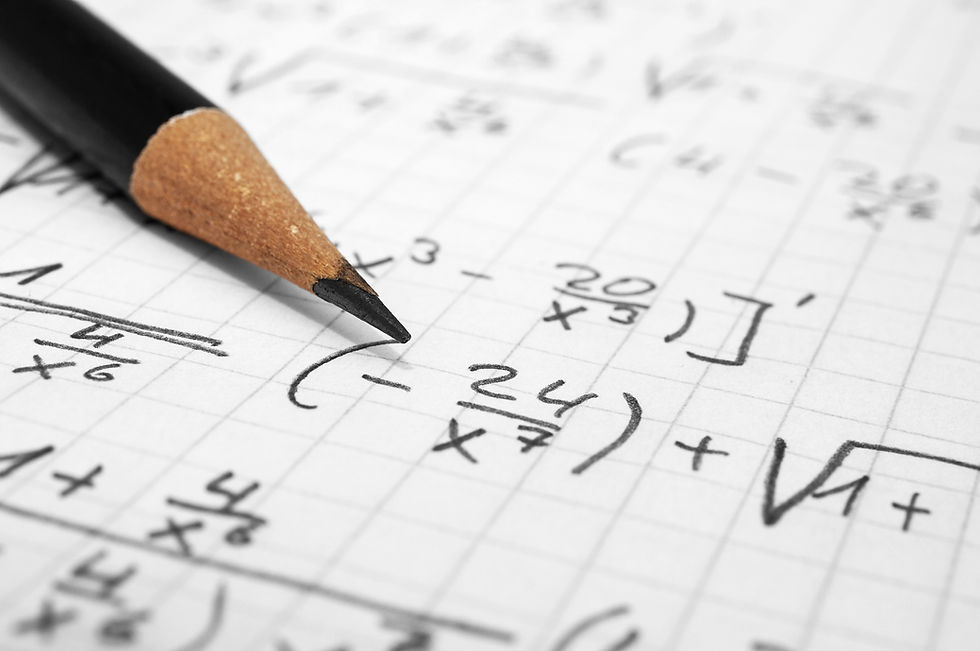How to Include Real World Situations in Math Instruction
- Charles Mathison
- Apr 21, 2023
- 2 min read
Updated: Aug 22

Mathematics is an important subject that forms the basis of many real-world applications. Unfortunately, many students struggle to see the relevance of mathematics to their daily lives. To overcome this, educators can incorporate real-world situations into their math instruction. This approach not only helps students understand the practical applications of mathematics but also makes learning more engaging and relevant.
One way to incorporate real-world situations into math instruction is through project-based learning. This involves presenting students with real-world problems and challenging them to use mathematical concepts to solve them. For example, students can be asked to design a budget for a vacation, calculate the cost of materials needed for a home renovation project, or analyze data related to the spread of a disease. By presenting students with these types of challenges, educators can help them see the practical applications of mathematical concepts and develop problem-solving skills that can be applied to real-world situations. Another way to incorporate real-world situations into math instruction is through the use of technology. Many software applications and online tools are available that allow students to explore mathematical concepts in a more interactive and engaging way. For example, graphing calculators can be used to visualize mathematical concepts, while online simulations can be used to explore mathematical models in a more hands-on way. These tools can help students understand the practical applications of mathematical concepts and develop a deeper understanding of the subject.
Finally, educators can incorporate real-world situations into math instruction through the use of authentic assessment. This involves assessing students' understanding of mathematical concepts through real-world tasks that simulate the types of challenges they may encounter in their daily lives. For example, students may be asked to analyze the nutritional content of a recipe or calculate the cost of a mortgage. By using authentic assessment, educators can help students see the practical applications of mathematical concepts and develop the problem-solving skills needed to apply them in real-world situations.
In conclusion, incorporating real-world situations into math instruction is essential for helping students see the practical applications of mathematical concepts and develop problem-solving skills that can be applied in their daily lives. By using project-based learning, technology, and authentic assessment, educators can help students develop a deeper understanding of mathematics and engage in meaningful learning experiences.
Sources: Boaler, J. (2016). Mathematical Mindsets: Unleashing Students' Potential through Creative Math, Inspiring Messages and Innovative Teaching. John Wiley & Sons.
Burgess, C., & Boston, M. D. (2017). Real-World Mathematics. In Handbook of Research on Effective Electronic Gaming in Education (pp. 176-193). IGI Global.
Moyer-Packenham, P. S., & Suh, J. M. (2016). Engaging students in authentic mathematics through digital media: Using animation creation software in the mathematics classroom. Journal of Mathematical Behavior, 44, 162-181.
National Council of Teachers of Mathematics. (2014). Principles to Actions: Ensuring Mathematical Success for All. Reston, VA: Author.


Comments